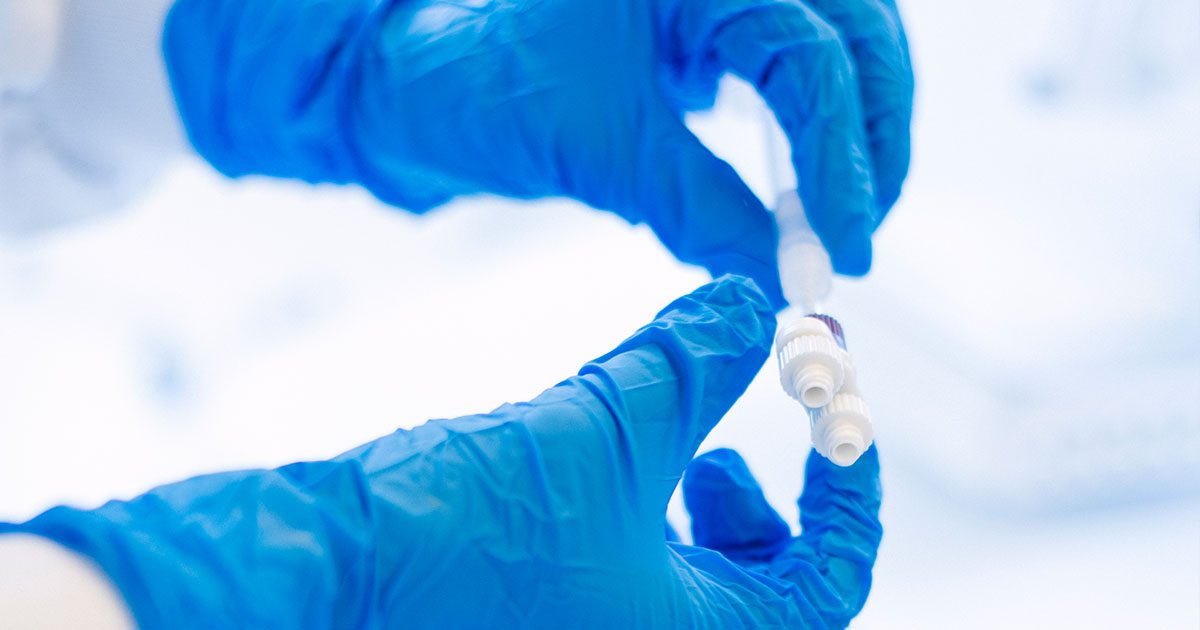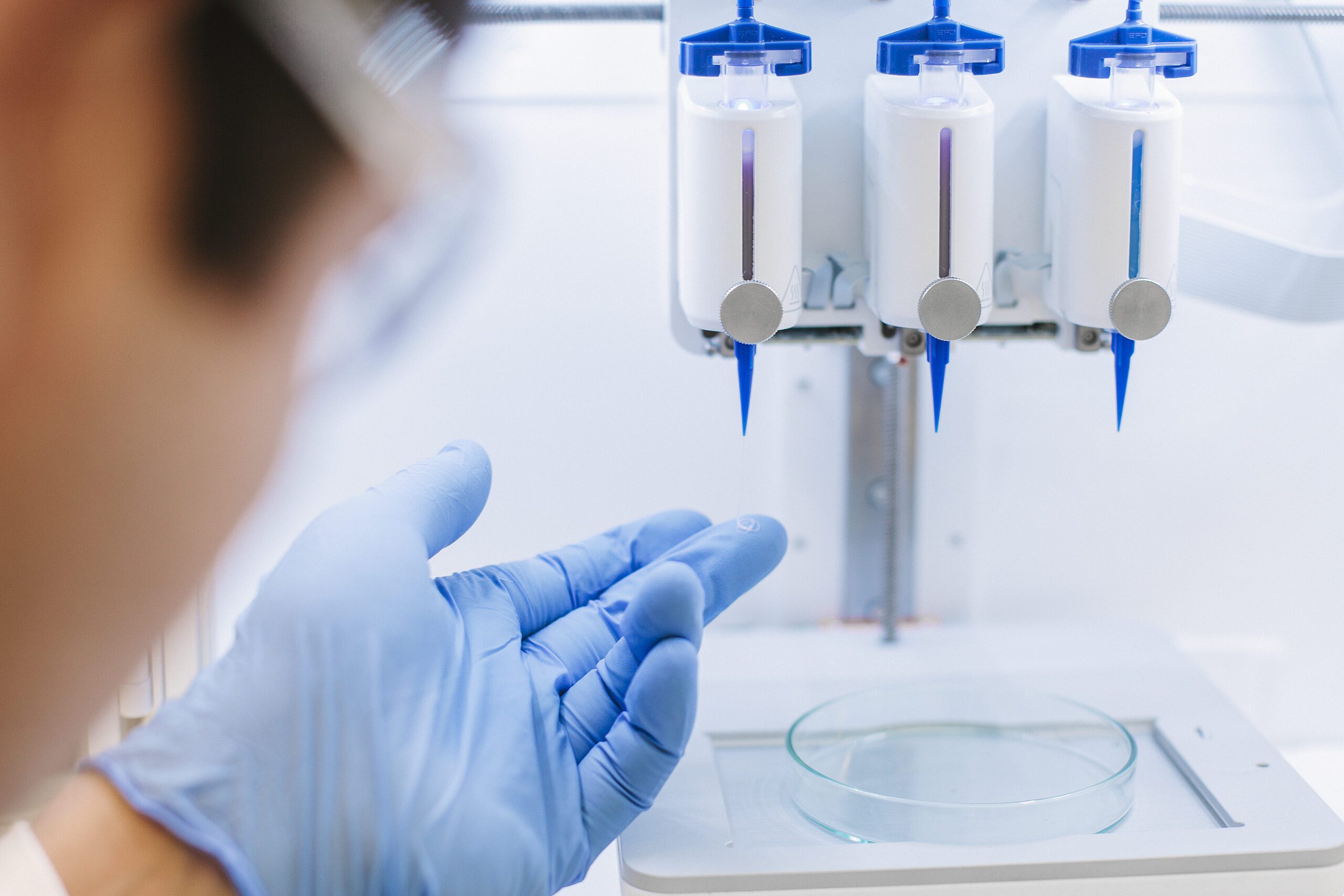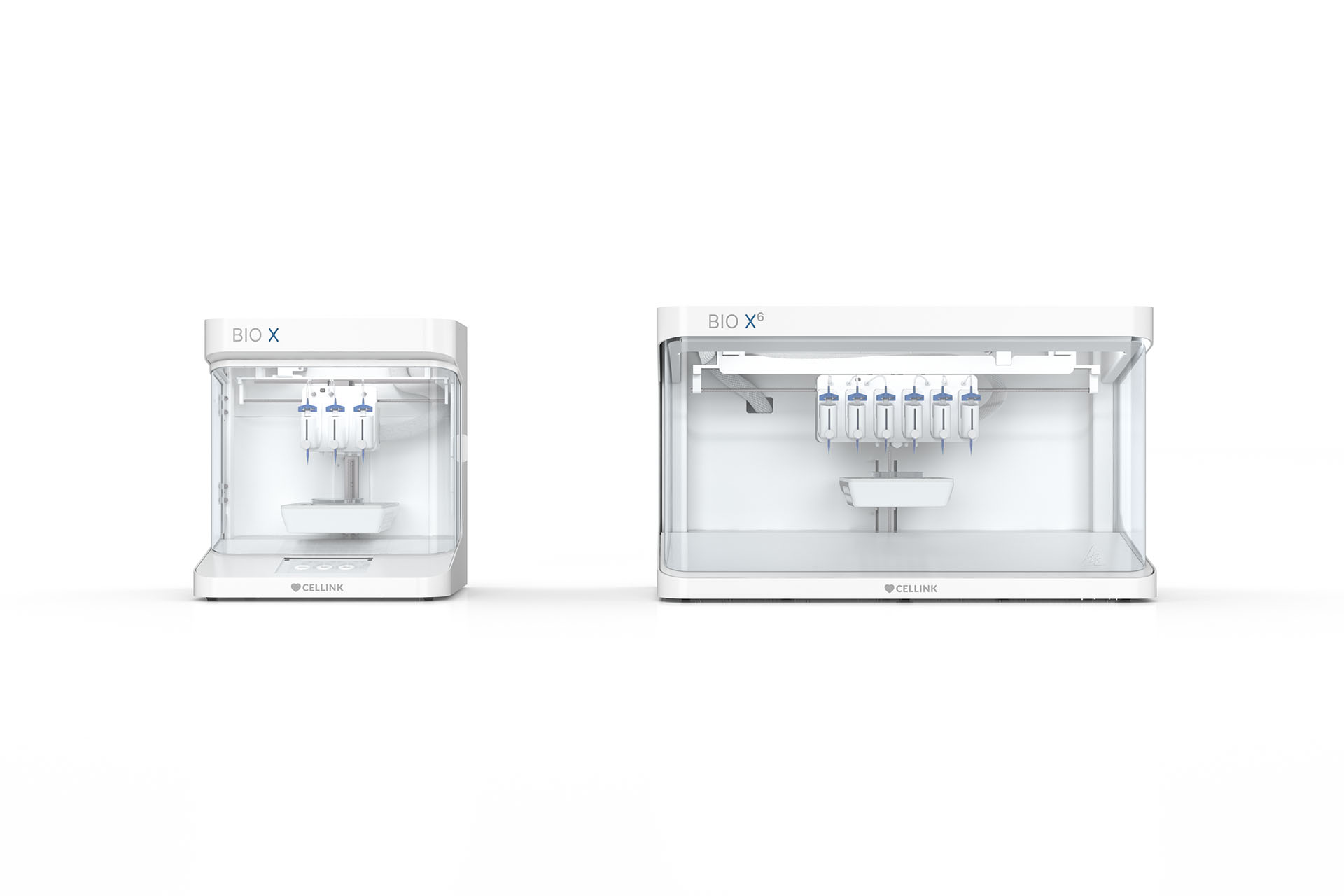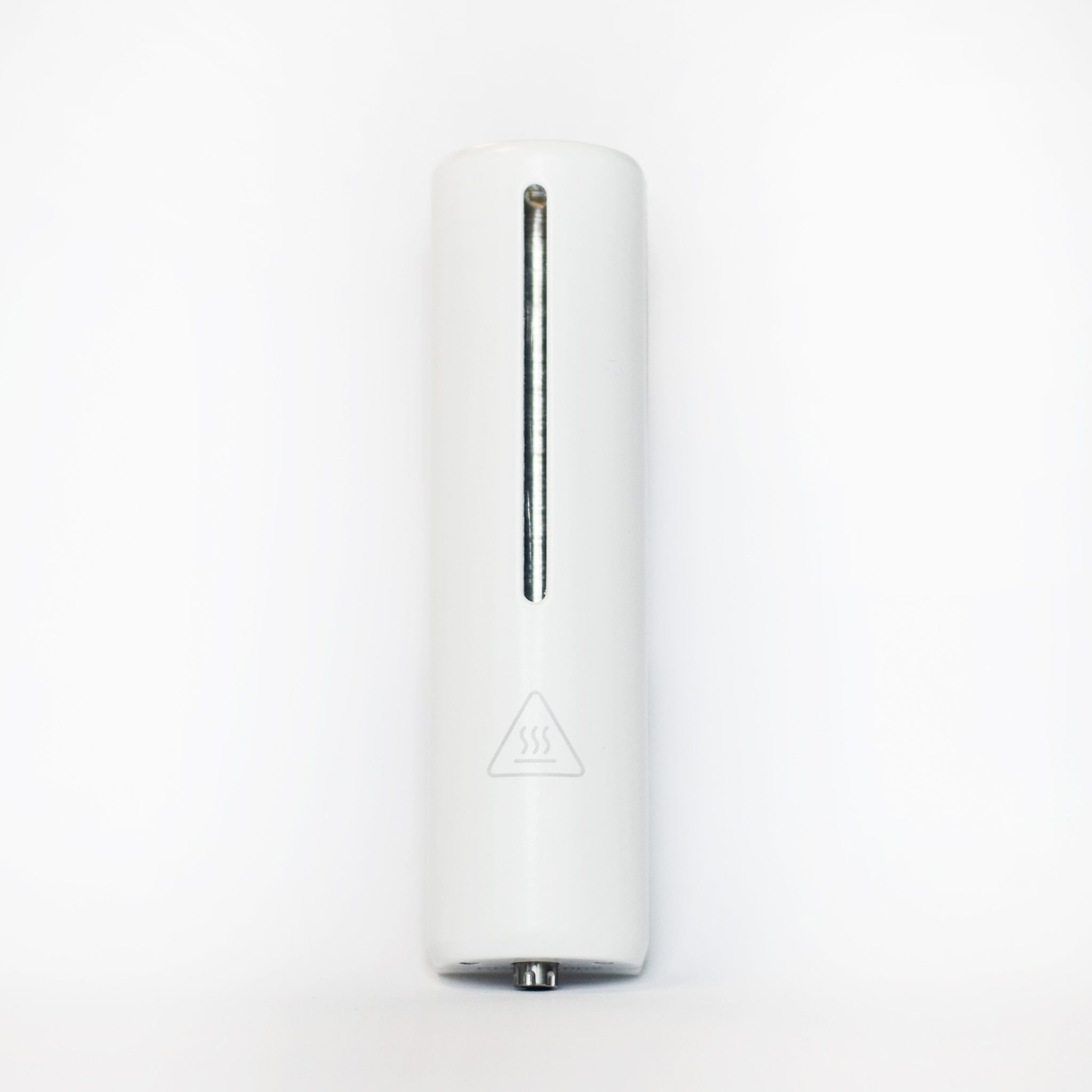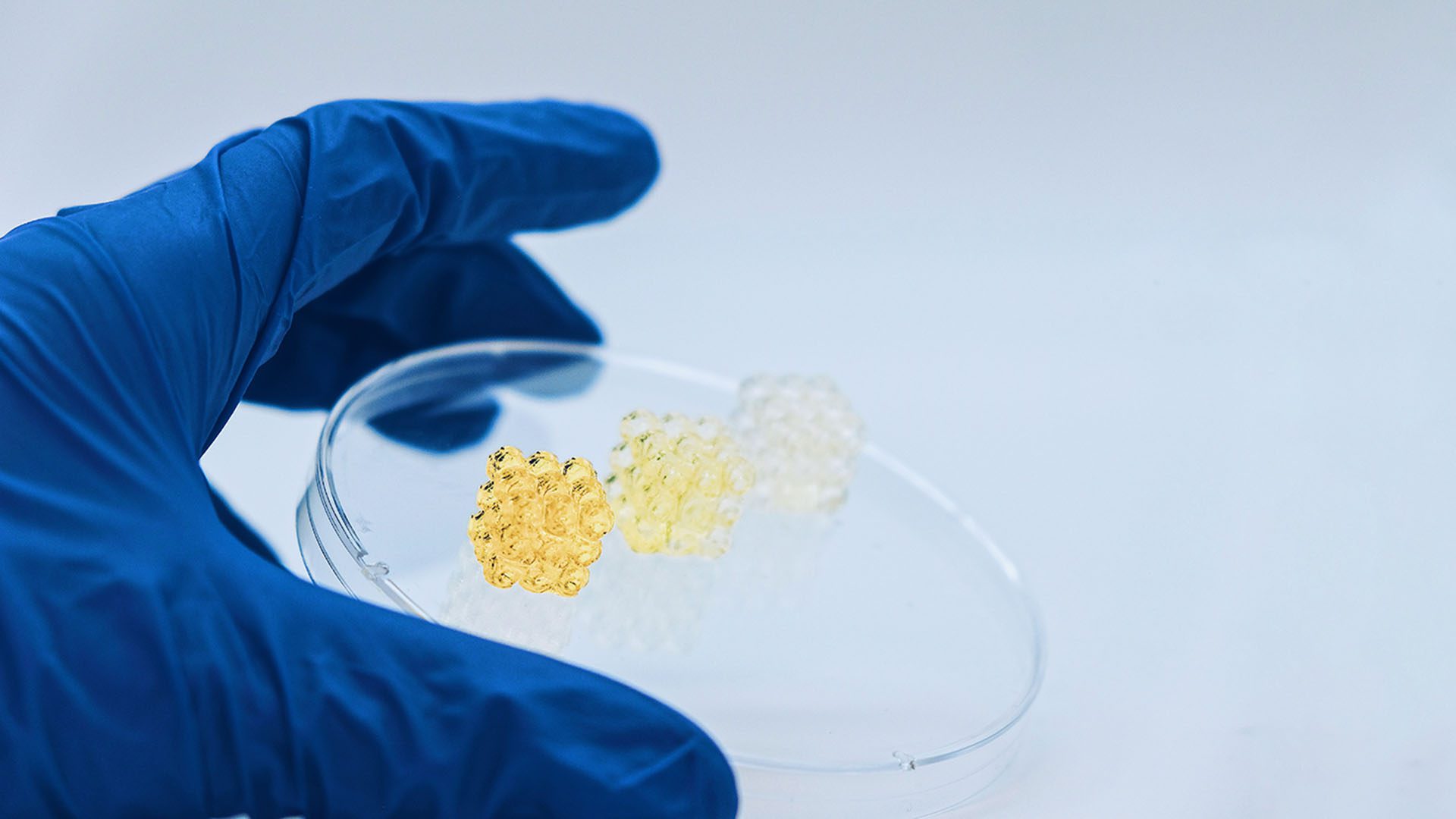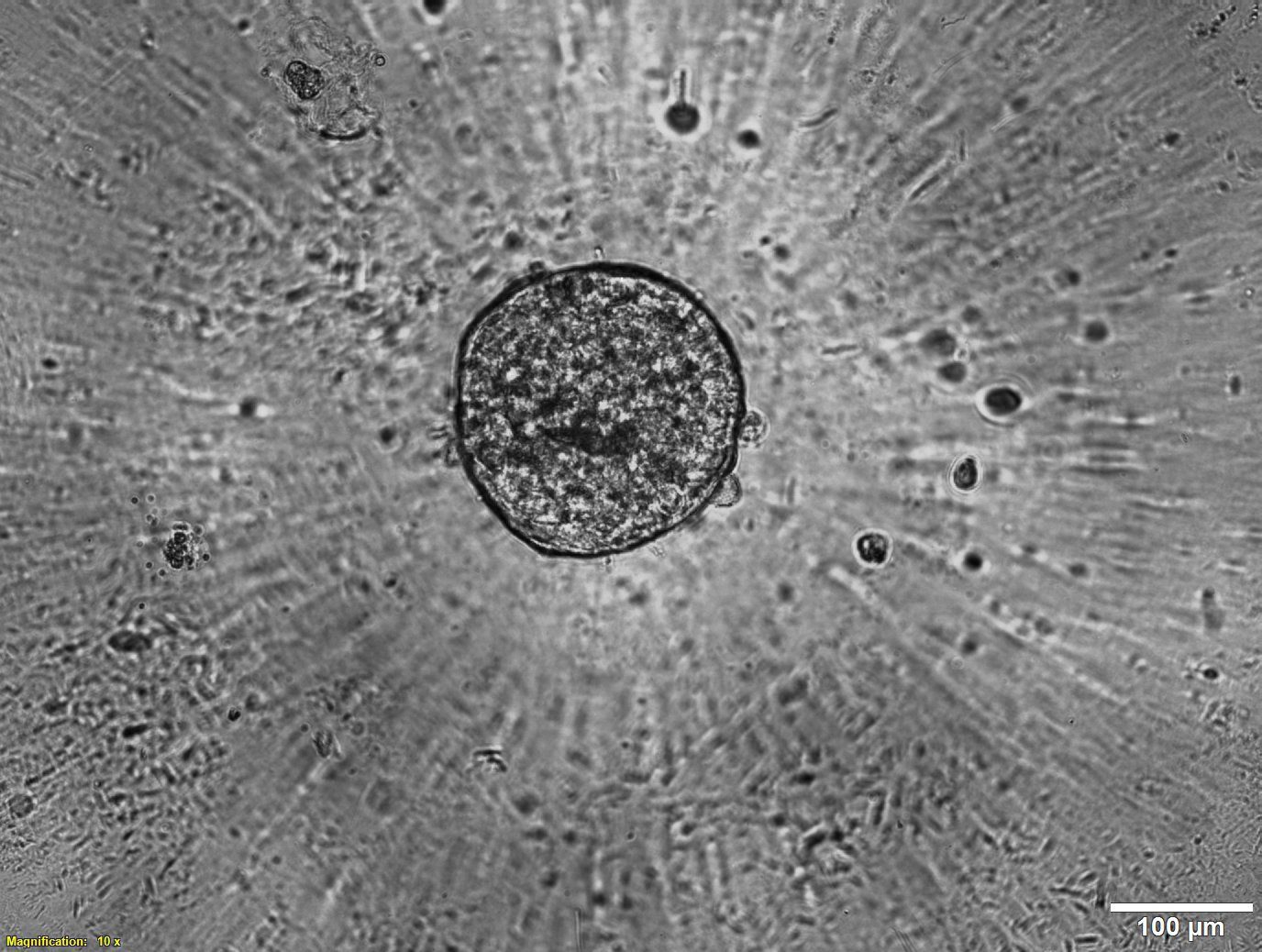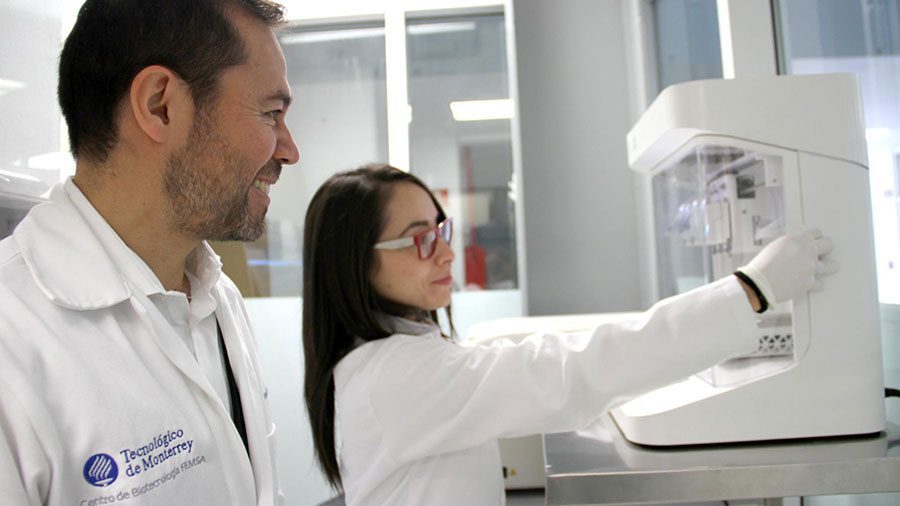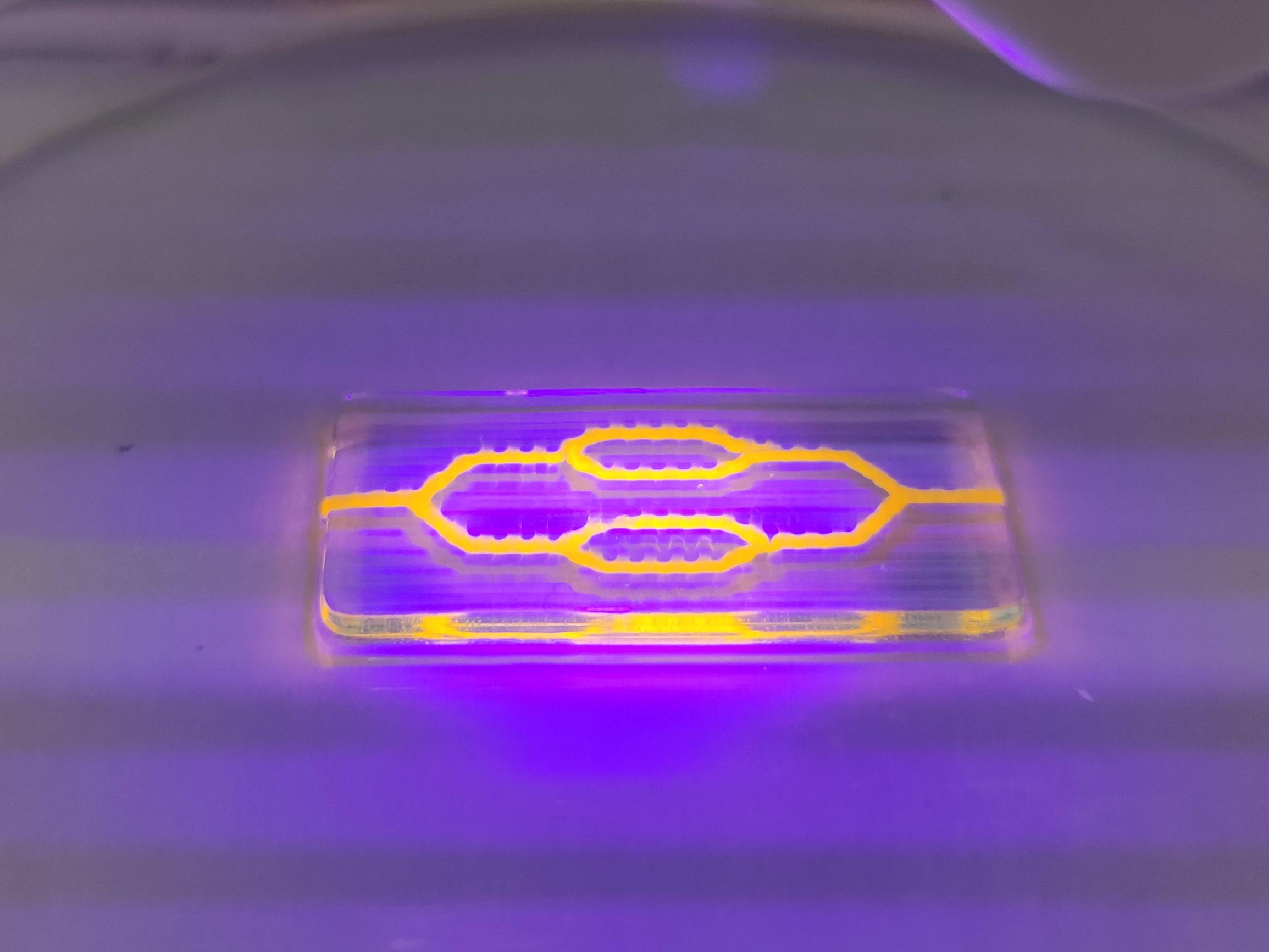Using bioprinting to improve quality of life for diabetes patients
One in 11 adults has diabetes. That’s more than 425 million people worldwide, and this number is expected to increase to 629 million by 2045 (IDF, 2017).
Managing diabetes can feel like a full-time job
Staying on top of diabetes requires multiple self-injections and finger pricks throughout the day. Diabetics put constant thought into what foods they can and can’t eat. This constant awareness is critical to preventing diabetes complications like heart attack, stroke, blindness and amputation of the lower limbs.
The day-to-day vigilance required to manage diabetes can be exhausting, and often results in diabetes burnout. Even among the most motivated diabetics, only half reach their ideal blood-glucose levels, and less than 5% can maintain those levels over time. It might not be surprising that having diabetes doubles one’s risk for depression compared to the general population (Snoek and Skinner, 2006).

The future of treating diabetes
There is no cure for diabetes. Today, diabetics can spend years managing their condition before receiving a pancreas transplant. That wait time is one of the things that bothers Dr. Michał Wszoła the most.
“There must be a way to help patients so they don’t have to wait years for a transplant. They wait every minute for the call while knowing that diabetes is destroying their body every second,” he said.
At the same time, Dr. Wszoła knew pancreas transplantation had the best results. But their potential for fatal complications is what led to his interest in transplanting pancreatic islets instead. He conducted some animal studies with promising results, but needed to figure out a way to prevent the apoptosis – automated cell death – that was occurring in response to transplanted pancreatic islet cells.
“I started searching for something that could overcome these challenges. I wanted to develop a minimally invasive procedure that could give each patient a personalized organ while avoiding apoptosis and immunosuppressive treatment.
“After a lot of research, I learned about a very interesting technique called bioprinting that could potentially overcome all of these hurdles.”
How bioprinting can enable better treatment
After establishing a consortium and receiving funding, Dr. Wszoła began working intensively toward developing a method leveraging bioprinting to cure diabetes.
With this innovative technology, Dr. Wszoła has had promising results. On March 14, his team successfully bioprinted a bionic pancreas using tailored bioinks and pancreatic islet samples. Its response to glucose stimuli was perfect, and they conducted four more experiments with similar results.

A bright future for diabetes treatment and more
The technology Dr. Wszoła is developing isn’t just good for diabetes. His methods could one day to be used to print organs like the skin, bladder or liver. These platforms could then be used in drug development and aid in screening of new cancer therapies. In the future, Dr. Wszoła’s work could have a huge impact on the entire pharmaceutical industry.
So what are the next steps?
“Right now, we are working on a few efforts. We need to ensure our bionic pancreas can handle high pressures, and figure out a way to join the bionic pancreas to the vessels in a patient’s body,” said Dr. Wszoła.
From there, his team will focus on performing in vivo animal studies and entering clinical phases.
